Since she was a young girl, Queen Elizabeth II has appeared on banknotes. Throughout her lifetime, she has been featured on the currency of at least 33 countries and territories.
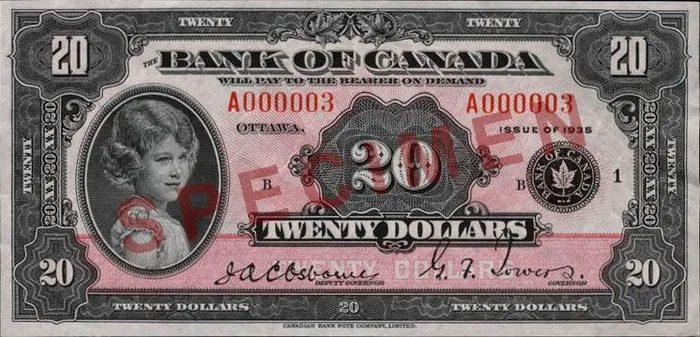
20 Canadian dollars, first issued in 1935: The image of the queen at this time shows her as just an 8-year-old girl. The countries that printed the image of Queen Elizabeth II are all part of the Commonwealth and former British colonies. The photograph used on the banknote was taken by royal photographer Marcus Adams. At that time, cameras were designed to look like toy cabinets. (Photo: Numibids).
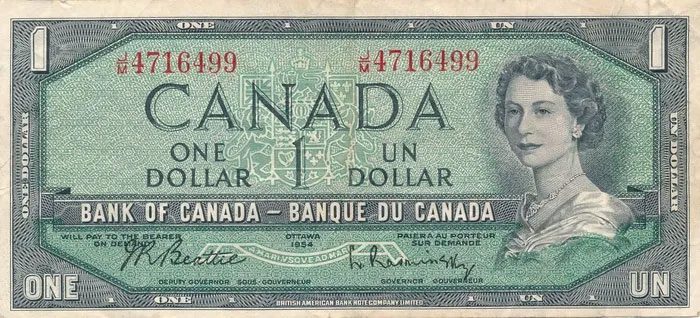
1 Canadian dollar, first issued in 1954: The crown of Queen Elizabeth II does not appear on this banknote. The image printed on the note was taken in 1951 when the queen was wearing a crown. However, the crown was removed in this printing to differentiate it from a Canadian stamp that also used the same photograph.
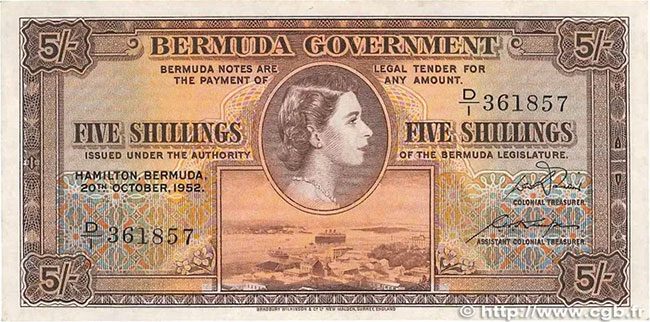
5 shillings of Bermuda, first issued in 1952: Initially, the figure printed on the banknote was King George VI. Later, the image of the queen replaced it. While she faces to the right, the old version featuring King George VI faced to the left. Eventually, this banknote no longer featured her image and instead depicted Bermuda’s wildlife and landmarks. (Photo: SMH).
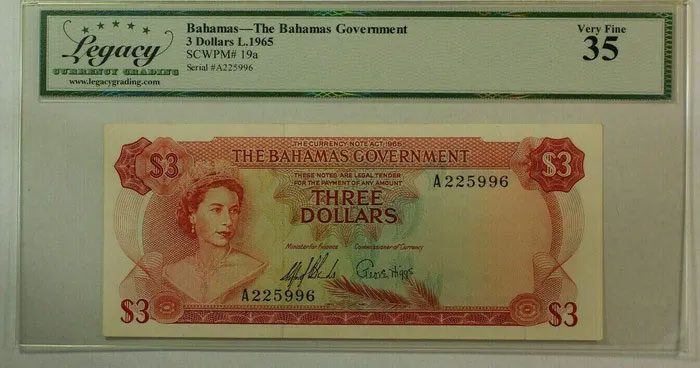
3 Bahamian dollars, first issued in 1965: This country issued the 3-dollar note to match the value of a British pound. It is one of the rare countries to print images of all three generations of the British royal family on its banknotes, including King George V, King George VI, and Queen Elizabeth II. (Photo: MA shop).
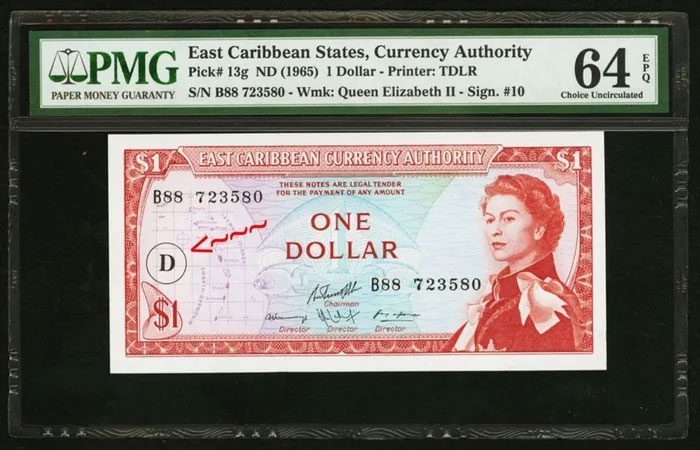
1 East Caribbean dollar, first issued in 1965: After switching from paper to polymer currency, the one-dollar note of the East Caribbean still retains the portrait of Queen Elizabeth II. However, the shape of the banknote changed from horizontal to vertical. (Photo: Carou Sell).
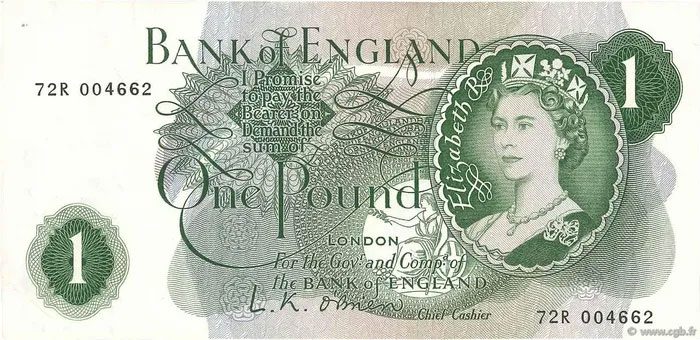
One British pound, first issued in 1960: Nine years after she ascended the throne, England printed the queen’s image on currency. She became the first queen to appear on a one-pound note. (Photo: CGB).
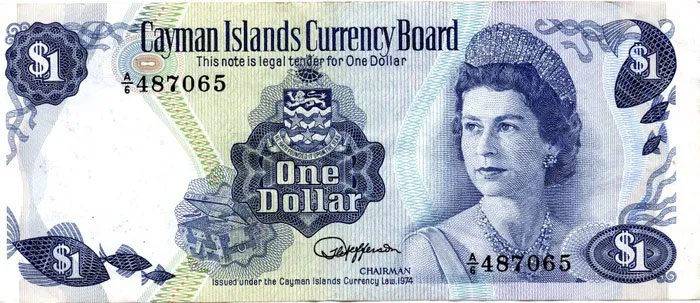
1 Cayman Islands dollar, first issued in 1974: This was the first portrait of Queen Elizabeth II printed on the currency of the Cayman Islands after the territory ceased using Jamaican coins and banknotes in 1972. Currently, the queen’s image remains on all types of banknotes in this territory. The latest series features her at the age of 73. (Photo: SMH).
On September 8, British media reported that Queen Elizabeth II had passed away at the age of 96.
“The queen passed away peacefully at Balmoral this afternoon (September 8, local time),” Sky News reported, citing a statement from Buckingham Palace.
After the queen’s passing, Prince Charles, the former Prince of Wales, became the king of the United Kingdom and 14 territories within the Commonwealth.
- Where will Queen Elizabeth II rest?
- Queen Elizabeth II has passed away
- Prince Charles becomes King of the United Kingdom
- The ascension of King Charles III after the queen’s passing
- A double rainbow appeared outside Buckingham Palace when the queen passed away
- Why does King Charles III never have lunch?





















































